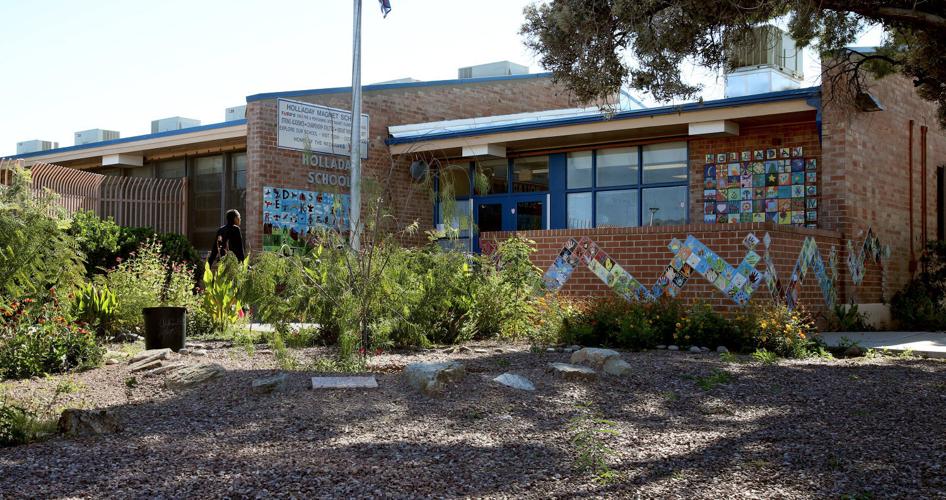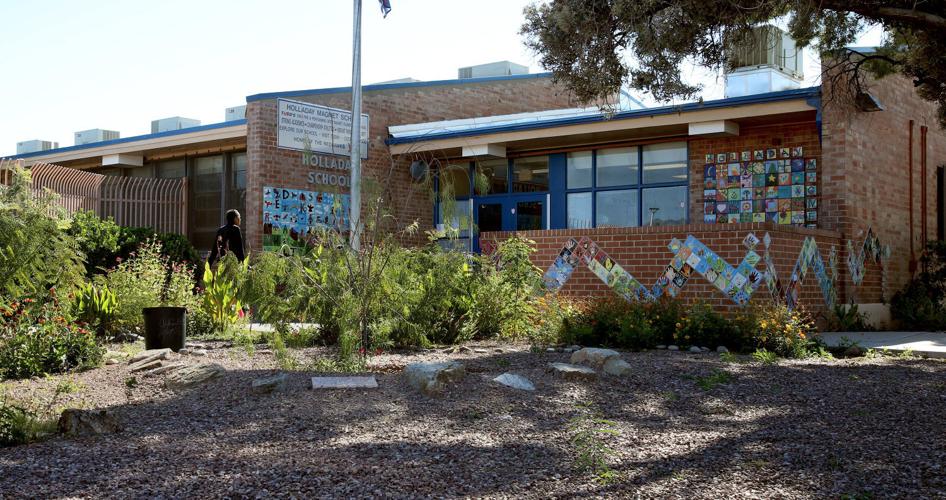Months after the Tucson Unified School District was ordered to fill teacher vacancies at eight magnet schools, students in 15 classes still do not have permanent teachers.
While the classes are being covered by substitutes or other certified teachers who fill in as their schedules allow, the inconsistency and sometimes lack of expertise has put students in compromising positions.
One such instance occurred at Safford K-8 Magnet School, where students were left waiting outside a classroom.
The school has struggled to find short- or long-term substitutes to teach the science class, and on that particular day, the school principal had to let students into the classroom and made up a nonscience-related lesson until the teacher assigned to fill in could make it.
The U.S. Department of Justice, which was on-site visiting TUSD magnet schools and witnessed the incident, urged the district to make filling vacancies a priority.
“While we are not blaming the principal or the teacher who was supposed to cover the class (who were doing the best they could under exceptionally challenging circumstances) the real victims are the students in this class who cannot be receiving content education befitting of an IB magnet school,” the DOJ wrote in an email to district officials and others involved in the district’s decades-old desegregation case.
As of March 1, Safford had five vacancies, as did Utterback Magnet Middle School. Cholla High Magnet School had four teacher vacancies, and Pueblo Magnet High had one.
Last fall, TUSD signed off on a stipulation requiring that it fill the vacancies at eight campuses by the end of November in exchange for more time to work toward integrating schools at risk of losing their magnet status and possibly some of the funds that come with the designation.
The agreement specifically named Ochoa, Bonillas, Holladay and Robison elementary schools, Safford, Utterback, Cholla and Pueblo. It was proposed by the Latino plaintiffs who sought to improve the situation for the children attending those schools by forcing the district to restore budget cuts, fill vacancies and other efforts.
TUSD agreed to the stipulation, and reported to the Star in late November that all the vacancies except one had been filled with certified staff until graduates from the state universities had their degrees conferred at winter ceremonies.
A March 15 memo drafted for the Department of Justice and the plaintiffs’ attorneys describes where vacancies existed, when they arose, when they were filled, and by whom.
It also explains that 66 percent of 15 magnet school vacancies opened up during the second or third quarter of the school year due to transfers, resignations, retirements or the creation of new positions.
At Cholla, for example, a Spanish teacher resigned Nov. 17, and the class is now being covered by multiple certified teachers. A sixth-grade social-studies teacher resigned from Safford in December, so students in that class are now working with a long-term substitute.
But there are other positions that have been vacant since the first day of school, including an English class at Cholla and a science, language arts and drama class at Utterback, all of which are being served by long-term subs.
In an effort to fill vacancies, TUSD has hosted job fairs specifically for the magnet schools and is offering signing bonuses, retention bonuses and additional compensation above and beyond other campuses, said Superintendent H.T. Sanchez.
Sanchez believes the district’s inability to fill the vacancies has to do with a national teacher shortage, saying the vacancy and retention rates for magnet programs are in line with the rest of the district and other similarly situated Arizona school districts.
Districtwide, TUSD has 112 vacancies just months before the school year winds to a close. With 2,770 teaching positions, that is a vacancy rate of 4 percent — 1 percentage point lower than Sunnyside’s vacancy rate, where 46 of 826 teaching positions were unfilled as of March 1.
The Latino plaintiffs in the desegregation case are hopeful the federal court overseeing the case will step in on the schools’ behalf, said representative Sylvia Campoy.
“The plaintiffs’ tolerance for noncompliance is wearing very thin,” Campoy said. “When students come into their classroom and are introduced to a teacher who is there for the short term, there is a significant difference in the climate in the classroom.”
For Campoy, the issue goes beyond a statewide teacher shortage.
“I’ve never seen Fruchthendler (Elementary) begin the school year with six to seven vacancies in the time I’ve been involved with TUSD,” she said. “I have never seen a school that is profiled like Fruchthendler — upper socioeconomic, predominantly white — begin the school year with five to seven vacancies.
“That would not be tolerated and it shouldn’t be tolerated anywhere, and that’s exactly why 40 years later we’re still under a court order.”
Sanchez, however, says that argument is not sound, considering schools like C.E. Rose, Carrillo, Davis, Drachman and Mansfeld do not start the school year with many vacancies, if any, and they serve mostly minority children, many of who qualify for free or reduced lunches.





